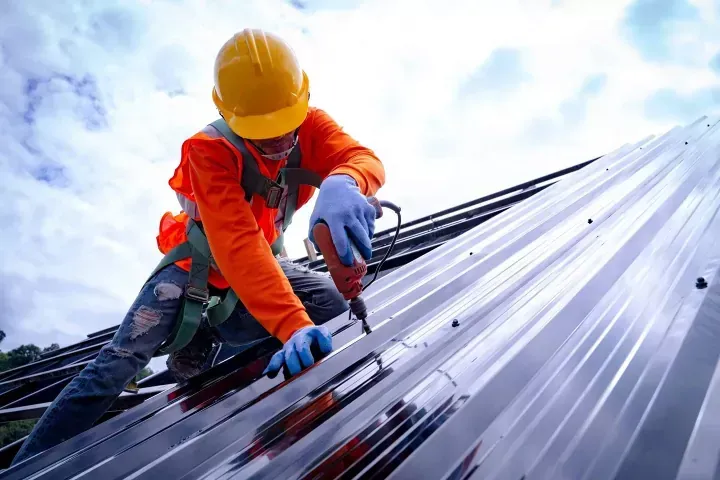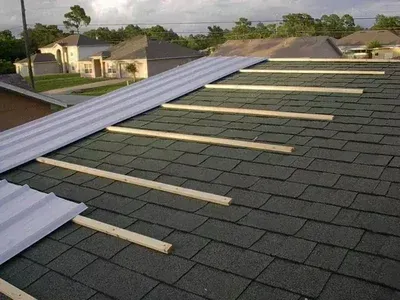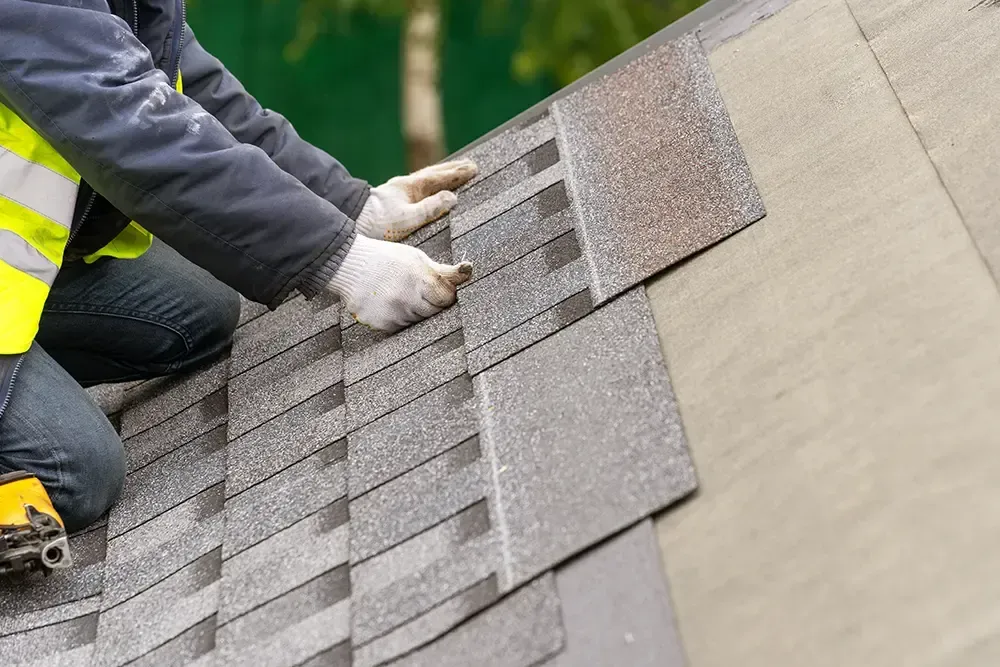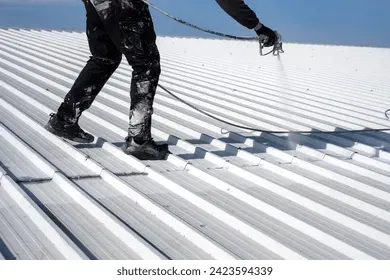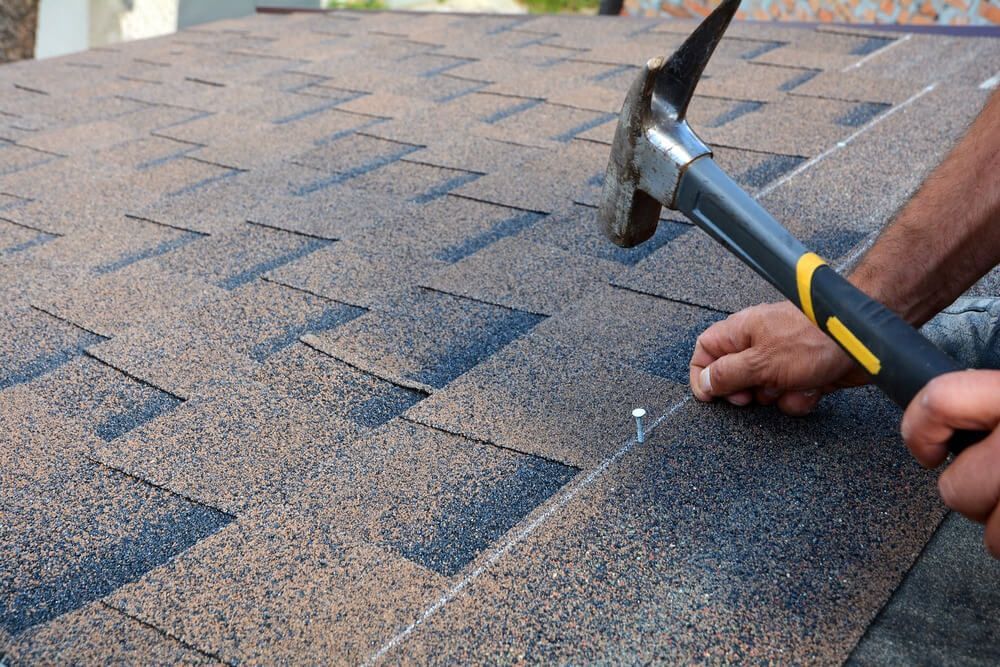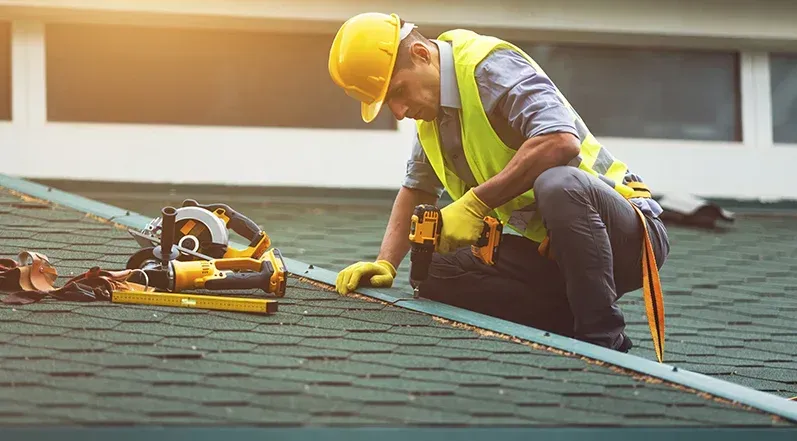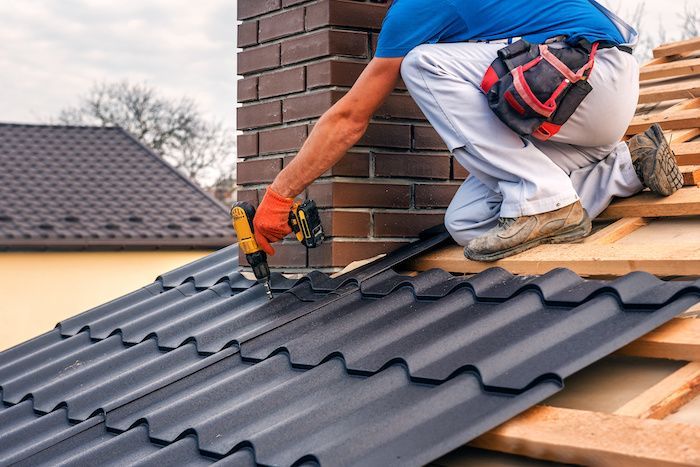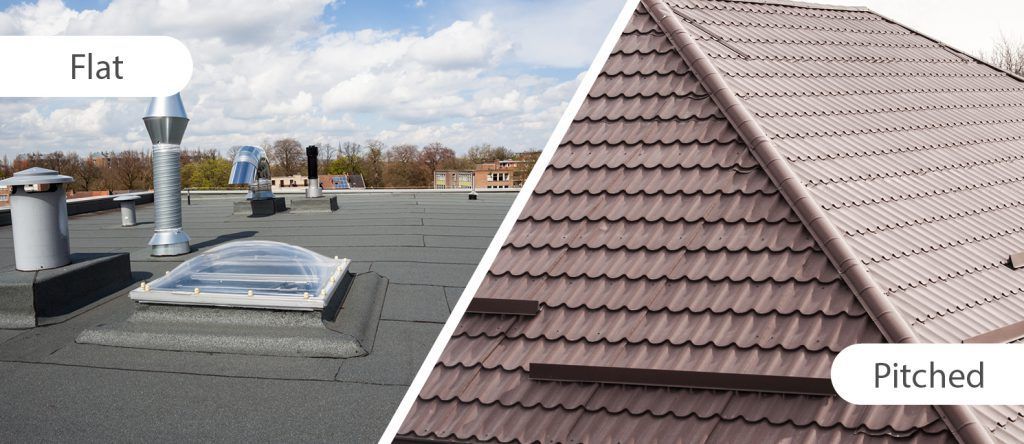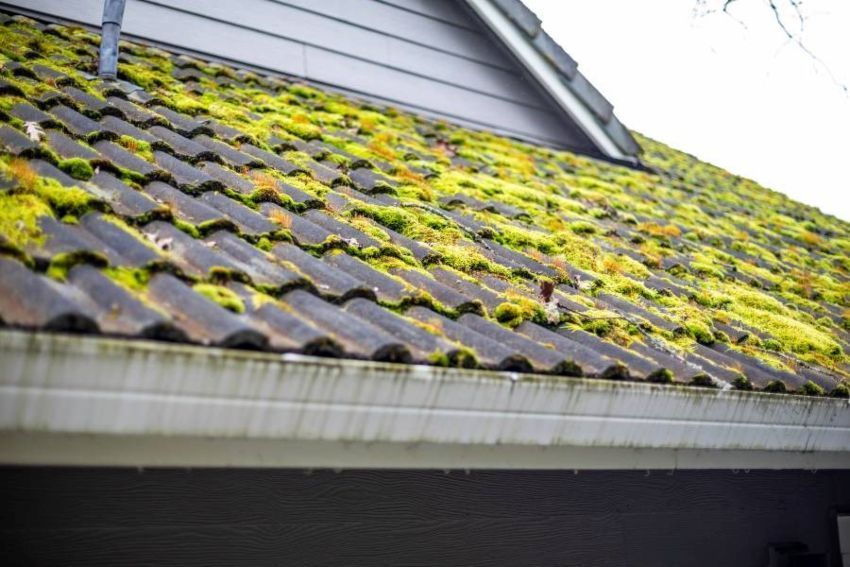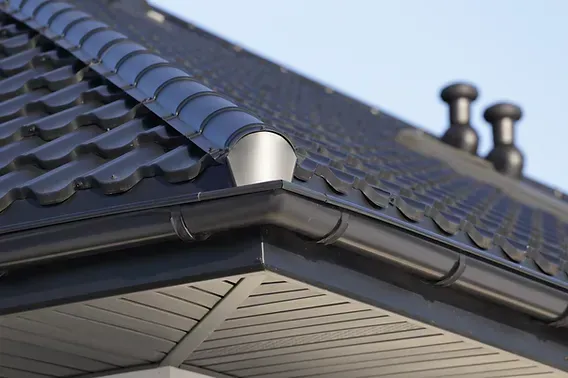What Are the Differences Between Asphalt, Metal, and Tile Roofing?
When it comes to selecting the best roofing material for your home or business, the choice often boils down to asphalt, metal, or tile roofing. Each option offers unique advantages, costs, and challenges, making it essential to understand their differences before making an investment.
What Are the Key Characteristics of Asphalt Roofing?
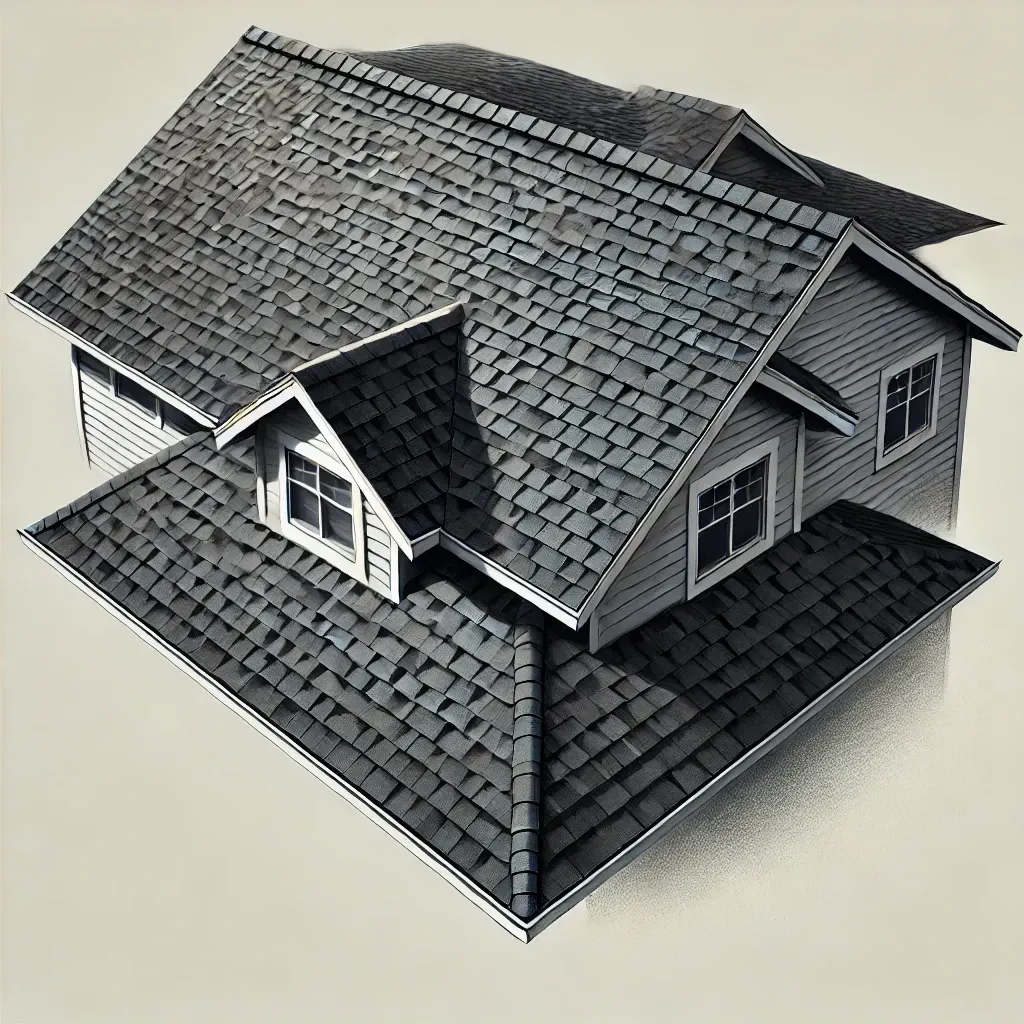
Asphalt shingles are among the most widely used roofing materials in residential construction. Their popularity stems from their affordability, ease of installation, and versatility.
- Affordability and Accessibility
Asphalt shingles are a cost-effective option, making them ideal for budget-conscious homeowners. They are widely available and come in a variety of colors and styles to suit diverse architectural designs. - Durability and Lifespan
While asphalt shingles are durable enough to last 20–30 years under optimal conditions, they are more susceptible to weather damage compared to metal or tile roofing. High winds, hail, and extreme temperatures can shorten their lifespan. - Maintenance Requirements
Maintaining asphalt shingles involves regular inspections for missing or cracked shingles, especially after storms. Simple maintenance can significantly extend their service life.
How Does Metal Roofing Compare to Asphalt and Tile?
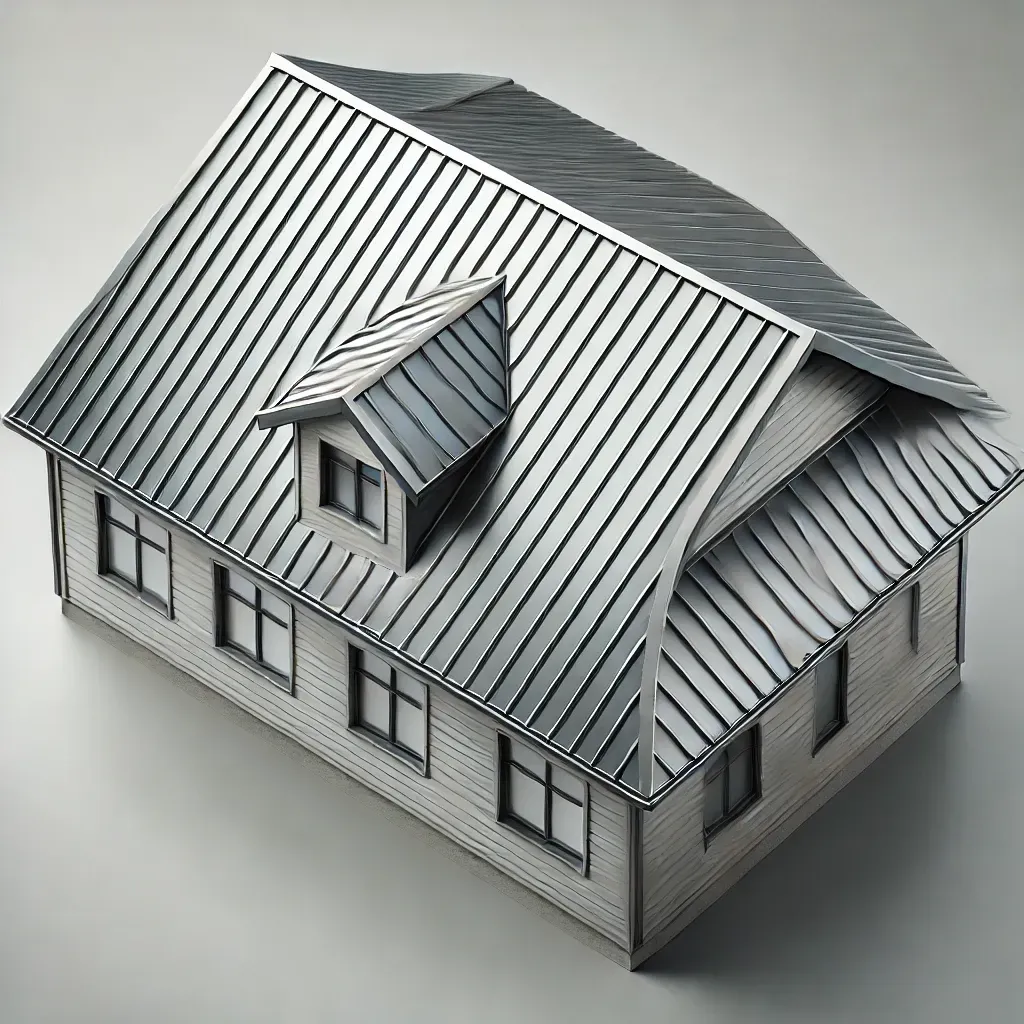
Metal roofing is gaining traction among homeowners and businesses for its durability, energy efficiency, and modern aesthetic.
- Durability and Longevity
Metal roofs are incredibly durable, with lifespans ranging from 40 to 70 years. They resist fire, rot, and insect damage, making them a low-maintenance option. - Energy Efficiency
One standout feature of metal roofing is its energy efficiency. Reflective coatings reduce heat absorption, keeping homes cooler in summer and lowering energy bills. - Cost Considerations
While metal roofs are more expensive upfront than asphalt shingles, their long lifespan and minimal maintenance often offset the initial investment. - Noise and Aesthetic Concerns
Some homeowners worry about noise during rainstorms, but proper insulation can mitigate this issue. Metal roofs also come in various finishes and colors, offering versatility in design.
Why Choose Tile Roofing Over Asphalt or Metal?
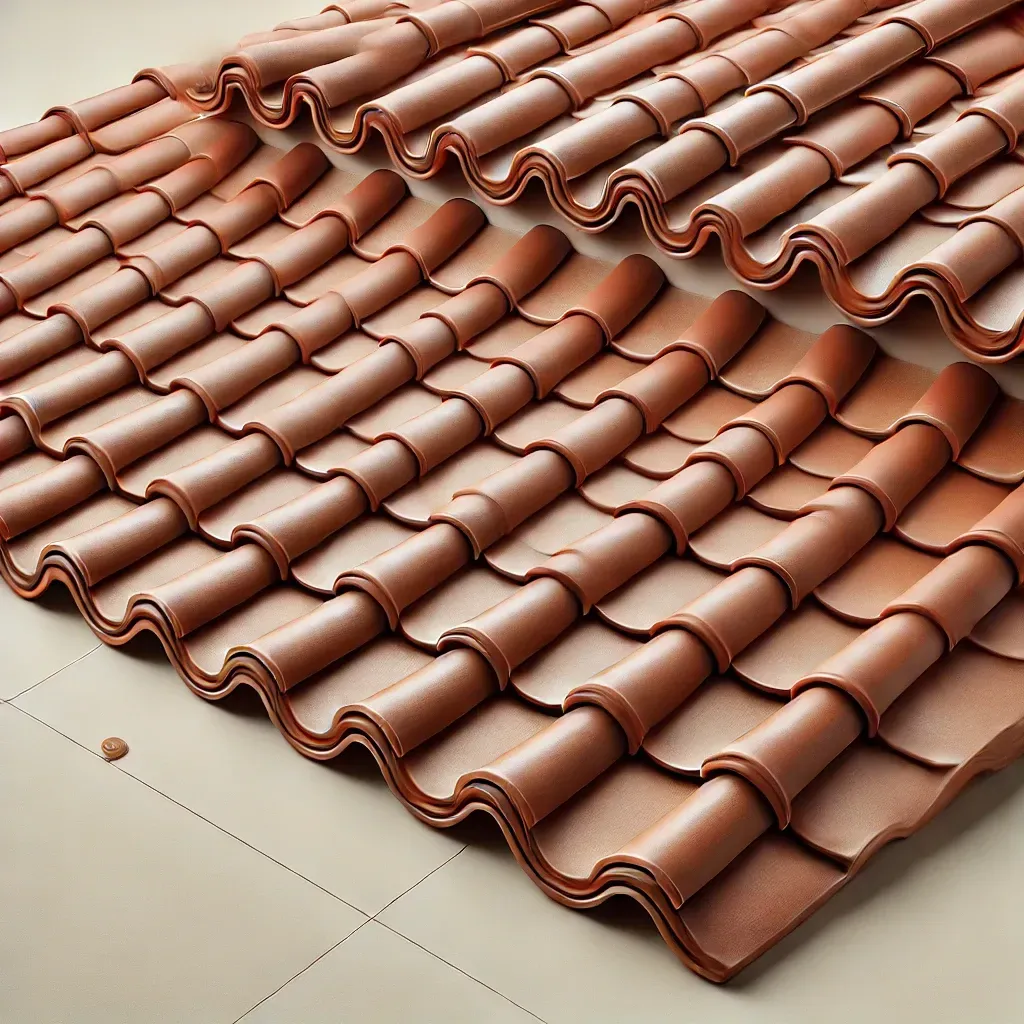
Tile roofing, commonly made from clay or concrete, exudes elegance and provides exceptional longevity.
- Aesthetic Appeal
Tile roofs are often chosen for their timeless beauty and ability to complement Mediterranean, Spanish, or modern architectural styles. - Durability and Climate Adaptability
Tile roofing can last over 50 years and performs exceptionally well in hot climates. Its natural thermal resistance keeps homes cooler, making it a favorite in regions with intense heat. - Heavy Weight and Structural Needs
One downside is the weight of tile roofing, which requires a strong roof structure for support. This could mean additional costs for reinforcement during installation. - Cost of Installation and Maintenance
Tile roofing is the most expensive option among the three. However, its durability and minimal maintenance requirements justify the cost for many homeowners seeking long-term solutions.
What Are the Pros and Cons of Asphalt, Metal, and Tile Roofing?
| Material | Pros | Cons |
|---|---|---|
| Asphalt Shingles | Affordable, easy to install, versatile | Shorter lifespan, less durable in severe weather |
| Metal Roofing | Durable, energy-efficient, low maintenance | Higher upfront cost, potential noise issues |
| Tile Roofing | Aesthetic appeal, longevity, heat resistance | Expensive, heavy, requires reinforced structure |
Which Roofing Material Is Best for Hot Climates?
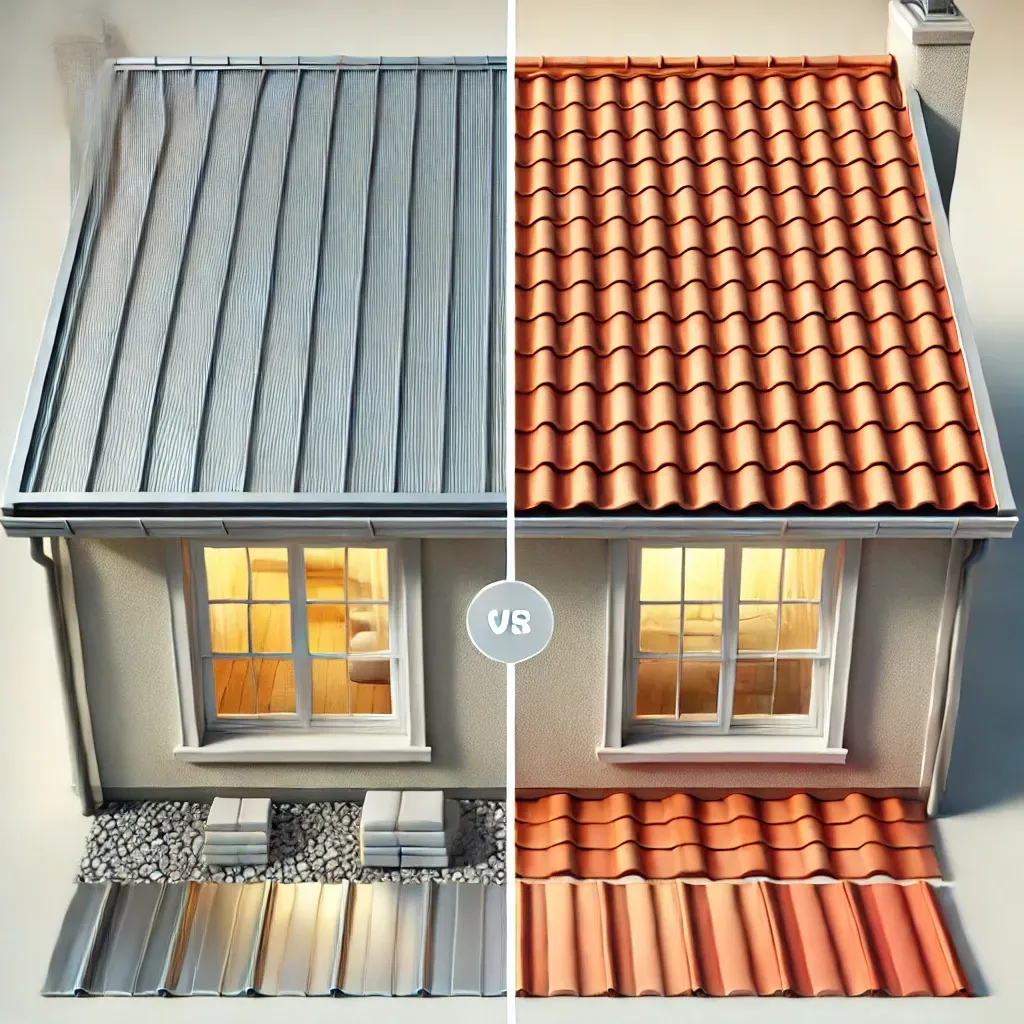
If you live in a hot climate, energy efficiency and heat resistance should be top priorities. Metal and tile roofing outperform asphalt shingles in these conditions:
- Tile roofing offers natural insulation, keeping homes cooler without overloading air conditioning systems.
- Metal roofs reflect solar radiation, significantly reducing indoor temperatures.
Comparing Costs: Asphalt Shingles, Metal Roofs, and Tile Roofs
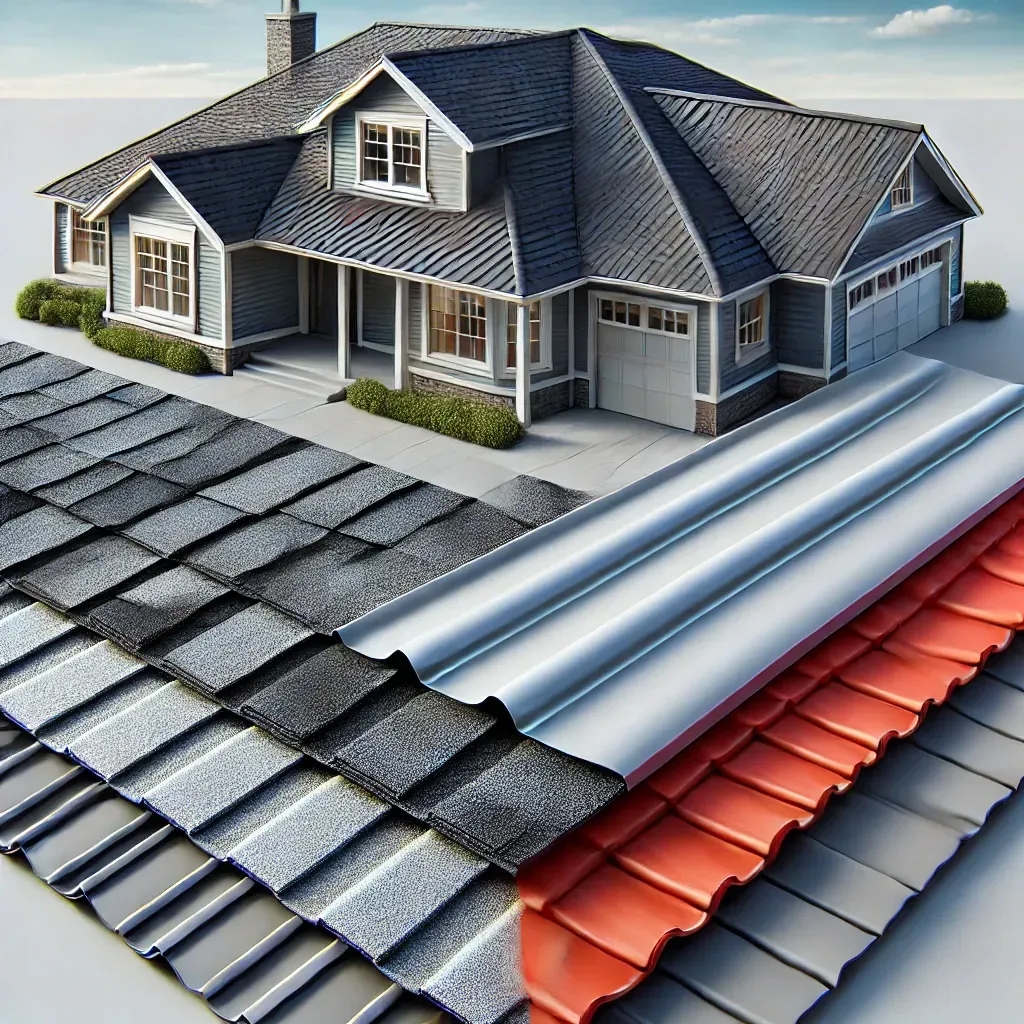
Understanding the financial implications of each material is crucial:
- Asphalt shingles are the most budget-friendly, with costs ranging from $100 to $200 per square.
- Metal roofing falls in the mid-range, costing $300 to $800 per square, depending on the material (aluminum, steel, or copper).
- Tile roofing is the most expensive, with prices starting at $600 per square and climbing higher for premium designs.
Maintenance Requirements: How Do They Differ?
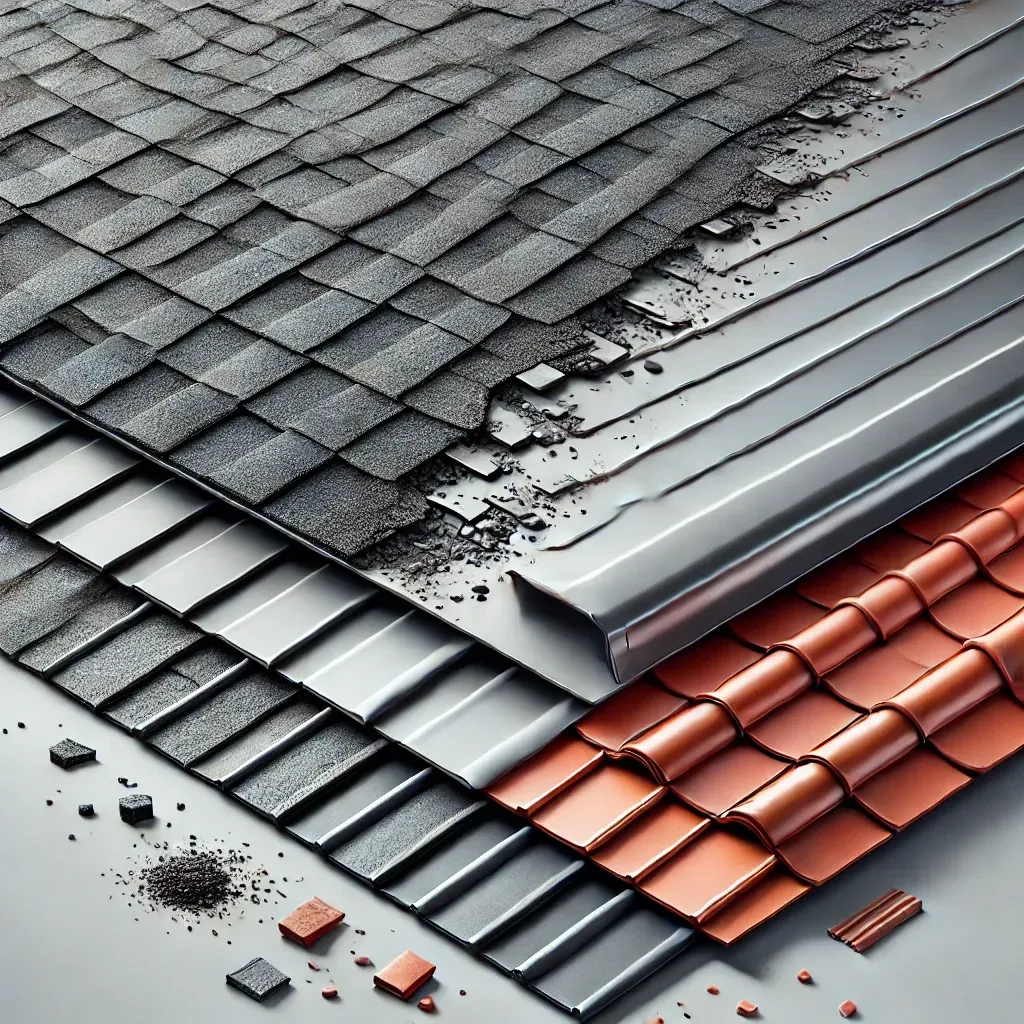
Each roofing material has specific maintenance needs:
- Asphalt shingles require regular checks for damage or curling edges.
- Metal roofs benefit from periodic cleaning to prevent corrosion and maintain their reflective properties.
- Tile roofs demand occasional inspections to ensure individual tiles remain intact and free from cracks.
What Are the Differences in Roofing Material Longevity?
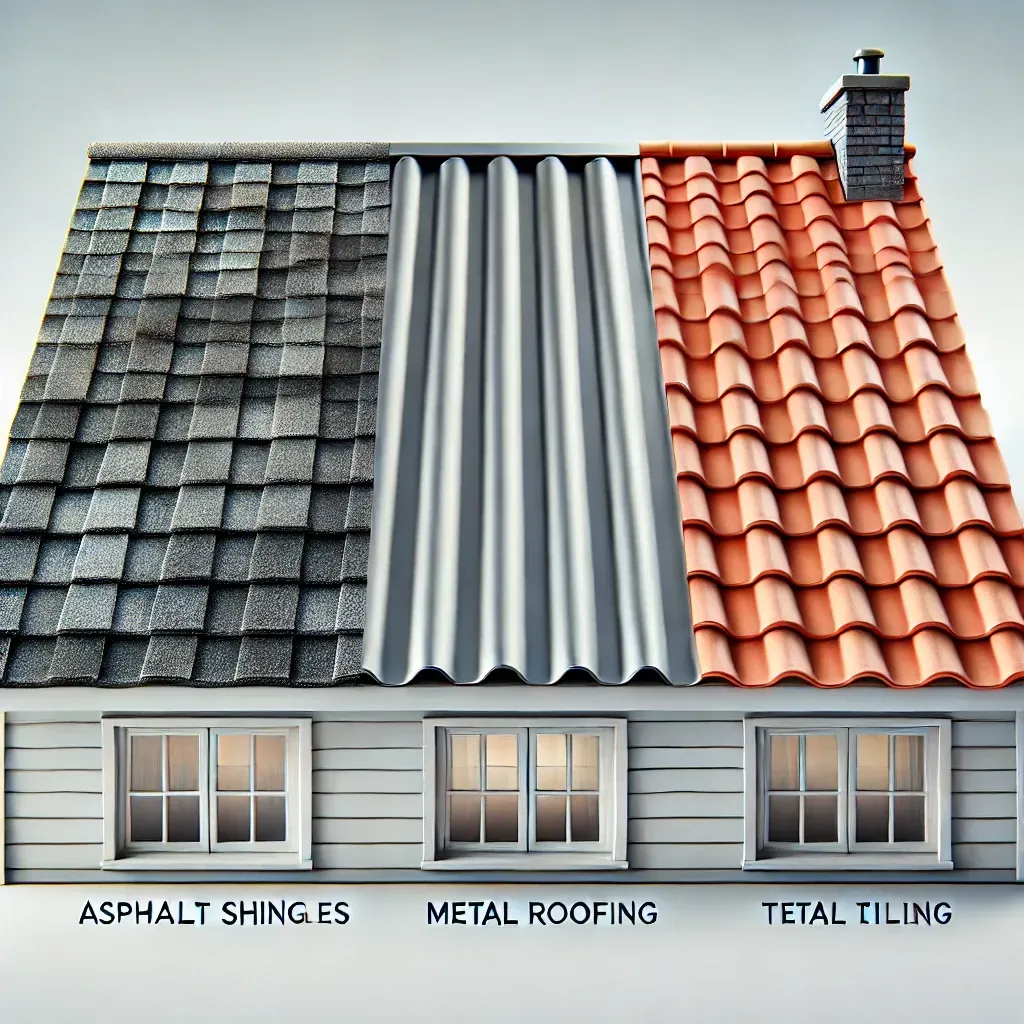
The lifespan of roofing materials varies significantly:
- Asphalt shingles: 20–30 years
- Metal roofing: 40–70 years
- Tile roofing: 50+ years
Choosing a roofing material often depends on how long you plan to stay in your home.
Conclusion: Which Roofing Material Should You Choose?
Selecting the right roofing material depends on your priorities:
- For affordability and ease of installation, asphalt shingles are a practical choice.
- For durability and energy efficiency, metal roofing provides an excellent balance of cost and performance.
- For elegance and longevity, tile roofing is unmatched, though it requires a larger upfront investment.
By weighing the pros and cons of each option, you can confidently choose a roofing material that suits your home’s needs, climate, and budget.

